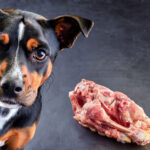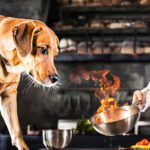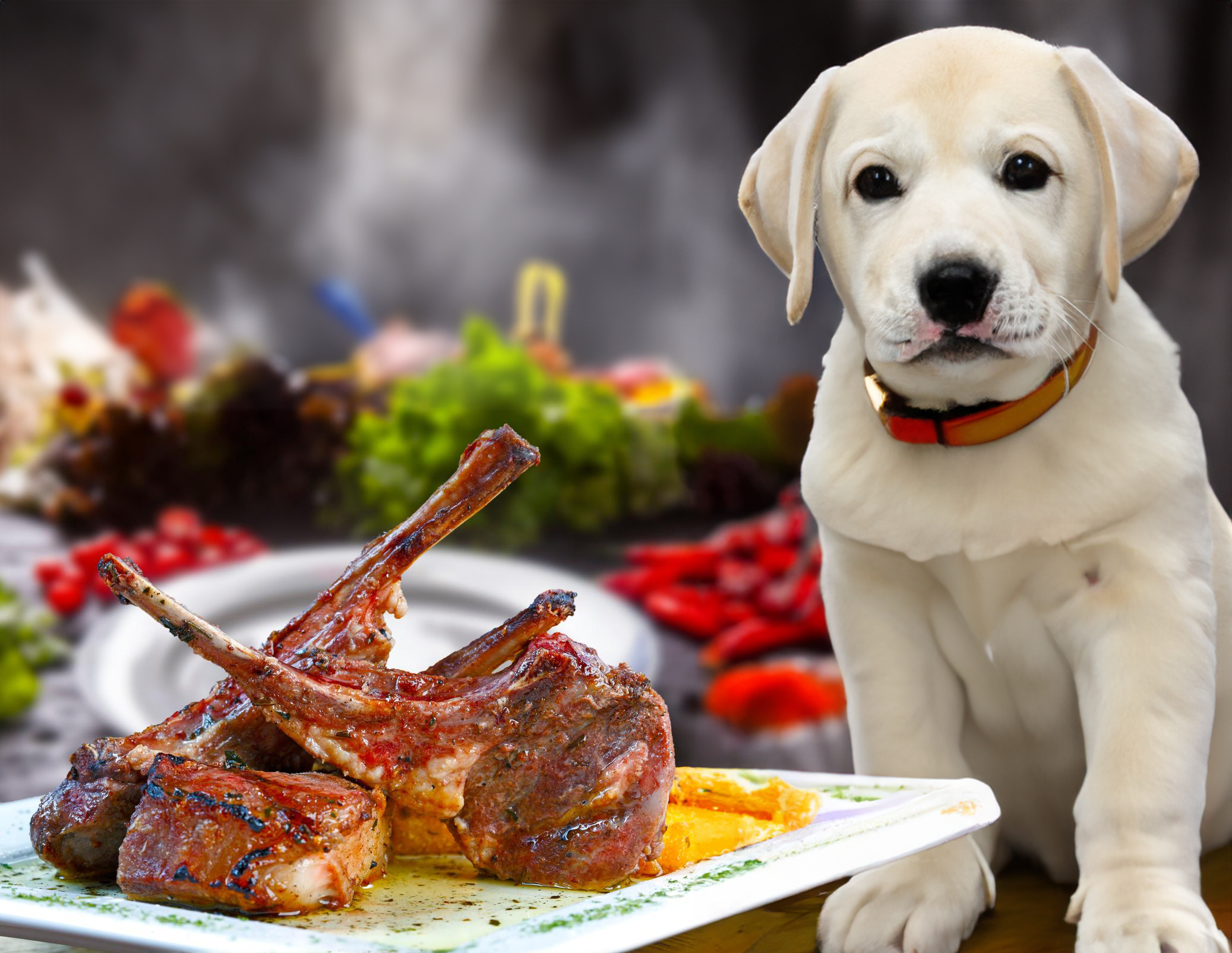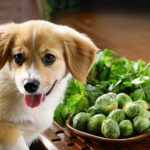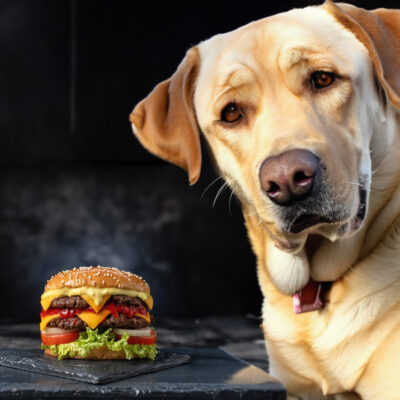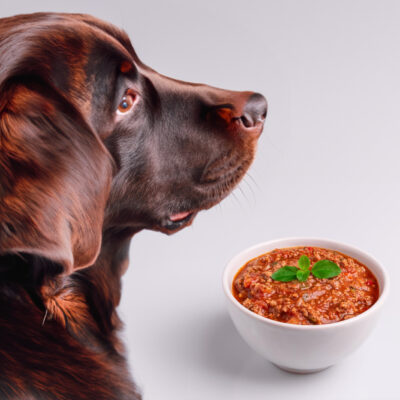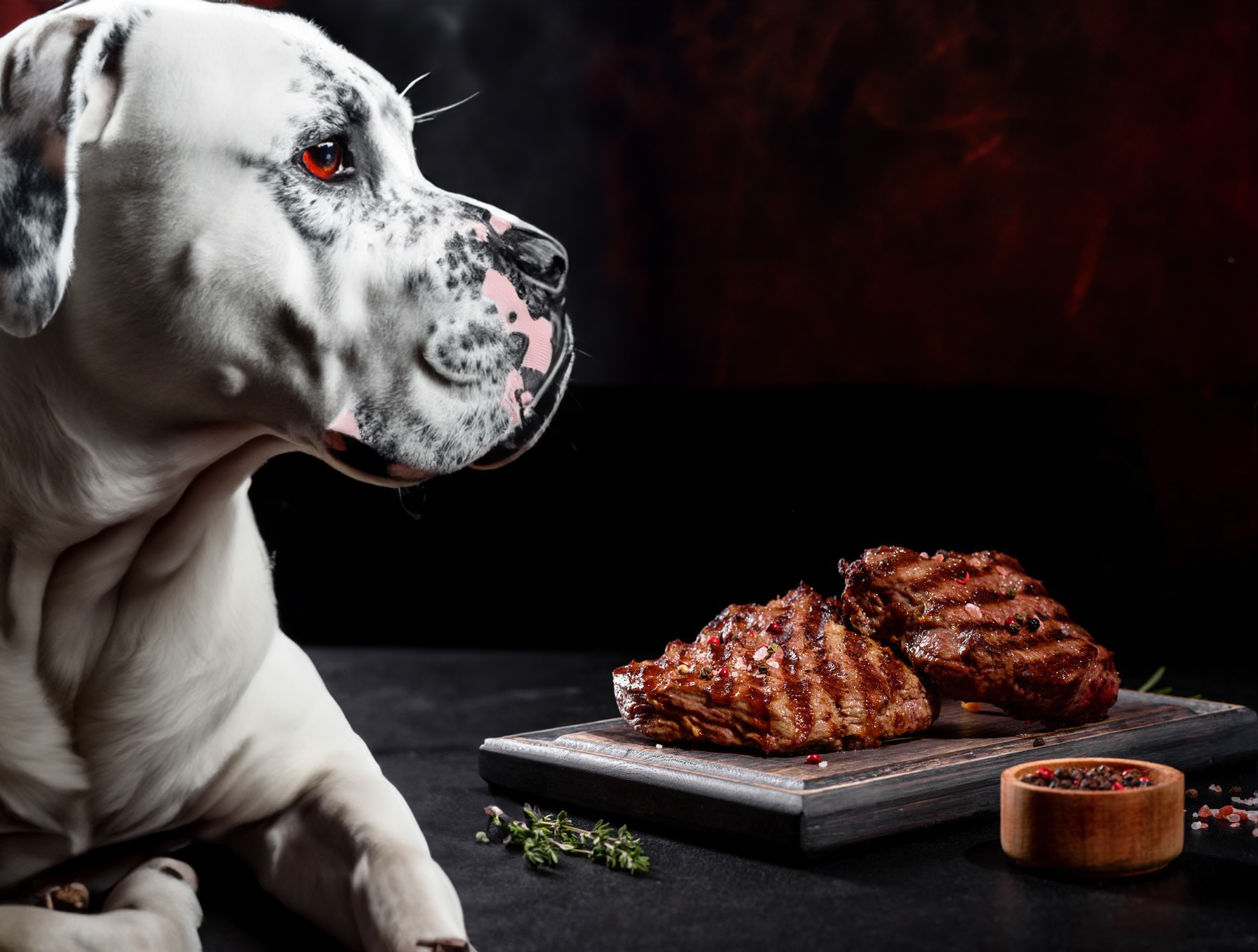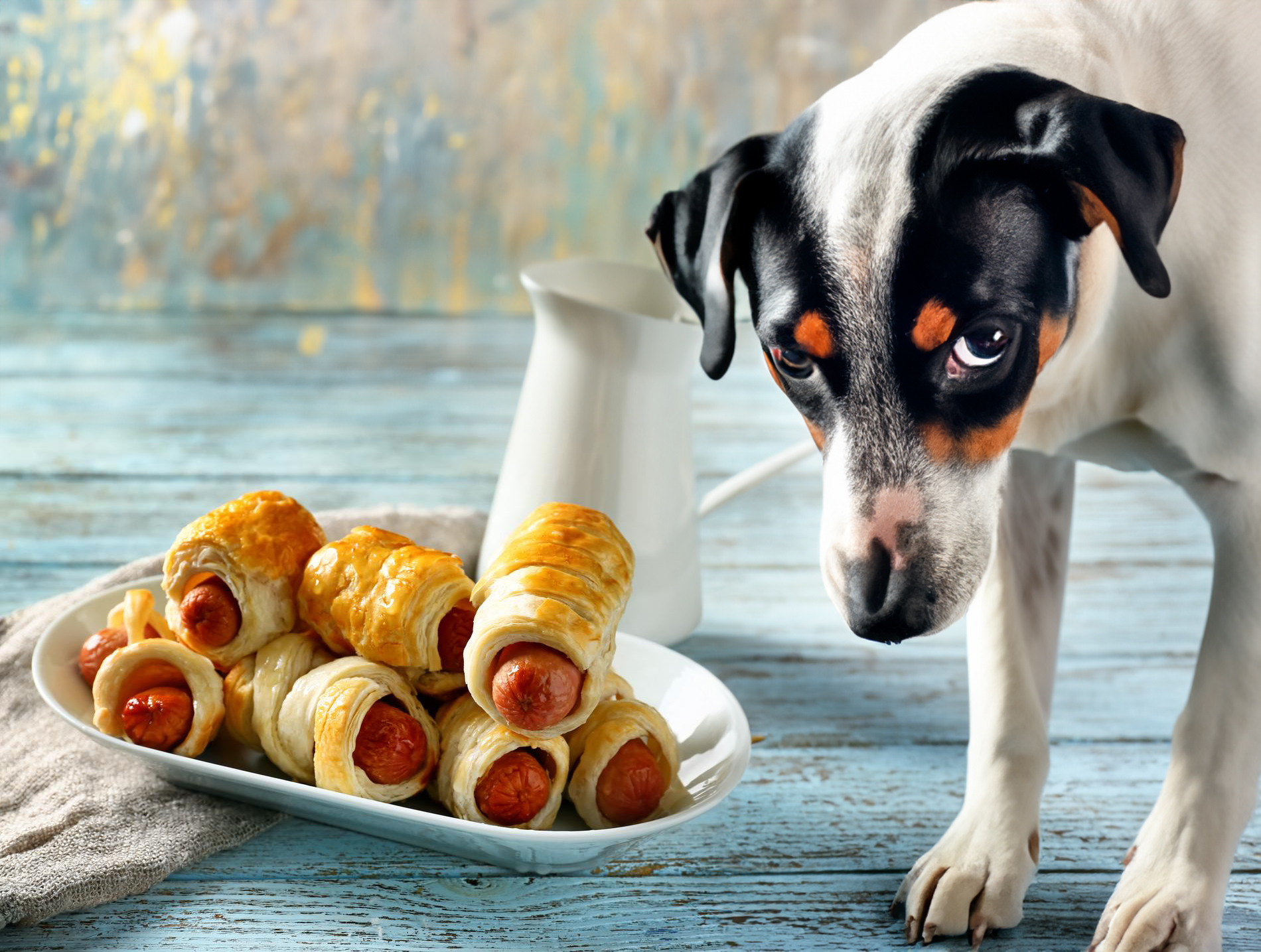Can dogs eat cooked lamb bones? It’s a question many pet owners have asked themselves, and the answer is unfortunately no. Cooked lamb bones can be a choking hazard for dogs, as they are easily broken into smaller pieces that can become lodged in a dog’s throat. Additionally, cooked bones can splinter and cause intestinal damage if ingested. In this blog post, we’ll discuss the risks associated with feeding your dog cooked lamb bones and what alternatives you have.
Why do people give their dogs bones to chew?
Giving dogs bones to chew on is a common practice among pet owners, and it’s not hard to see why. Dogs have a natural instinct to chew, and providing them with bones can help satisfy this urge. Chewing on bones can also provide mental stimulation and help keep their teeth clean.
One of the main reasons why people give their dogs bones to chew on is to prevent destructive chewing behavior. Dogs, especially puppies, often chew on things they shouldn’t, such as furniture, shoes, or household items. By providing them with bones, you are giving them a safe and appropriate outlet for their chewing instincts.
Bones can also be a great way to keep your dog entertained. Chewing on bones can help alleviate boredom and provide mental stimulation, which is especially important for dogs that spend a lot of time alone. It can also be a calming activity for dogs, helping them relax and unwind.
Another benefit of giving dogs bones to chew on is dental health. Chewing on bones can help scrape away plaque and tartar buildup, promoting healthier teeth and gums. This can help prevent dental issues such as tooth decay, gum disease, and bad breath.
Overall, giving your dog bones to chew on can provide a range of benefits, including preventing destructive chewing, providing mental stimulation, and promoting dental health. However, it’s important to choose the right types of bones and ensure they are safe for your dog to chew on.
What happens when dogs eat cooked lamb bones?
When dogs eat cooked lamb bones, there are several potential dangers and health risks they may encounter. Firstly, the bones can pose a choking hazard for dogs. Cooked bones are brittle and can easily splinter into sharp fragments when chewed. These splinters can become lodged in a dog’s throat, causing choking or blockage, which can be life-threatening.
If a dog manages to swallow a piece of a cooked lamb bone, it can lead to further complications. The sharp edges of the bone fragments can damage a dog’s digestive tract as they pass through, potentially causing tears or perforations in the esophagus, stomach, or intestines. This can lead to severe internal injuries and even infections.
In addition, consuming cooked lamb bones can also lead to gastrointestinal upset. Dogs may experience symptoms such as vomiting, diarrhea, abdominal pain, and discomfort. These digestive issues can range from mild to severe, depending on the size of the bone fragments and the individual dog’s sensitivity.
It’s important to note that even small pieces of cooked lamb bones can cause harm to dogs. Therefore, it is best to avoid giving them any cooked bones altogether to ensure their safety and well-being.
The risks associated with feeding cooked lamb bones to dogs
Feeding cooked lamb bones to dogs can pose significant risks to their health and safety. One of the main dangers is the potential for choking. Cooked bones are brittle and can easily break into small, sharp fragments when chewed. These fragments can become lodged in a dog’s throat, causing choking or blockage, which can be life-threatening.
Ingesting cooked lamb bones can also lead to serious internal injuries. The sharp edges of the bone fragments can damage a dog’s digestive tract as they pass through, potentially causing tears or perforations in the esophagus, stomach, or intestines. This can result in severe internal bleeding, infections, and even the need for surgical intervention.
Another risk is gastrointestinal upset. Consuming cooked lamb bones can irritate a dog’s digestive system, leading to symptoms such as vomiting, diarrhea, abdominal pain, and discomfort. These digestive issues can range from mild to severe, depending on the size of the bone fragments and the individual dog’s sensitivity.
It’s important to remember that even small pieces of cooked lamb bones can cause harm to dogs. Therefore, it is best to avoid giving them any cooked bones altogether to ensure their safety and well-being. Instead, opt for safer alternatives such as raw bones specifically designed for dogs, chew toys, or dental chews that can provide similar benefits without the associated risks.
How to prevent your dog from eating cooked lamb bones
To prevent your dog from eating cooked lamb bones and putting themselves at risk, there are several steps you can take:
- Educate yourself: Understand the dangers of feeding cooked bones to dogs and the potential risks involved. Familiarize yourself with the specific hazards associated with cooked lamb bones so that you can make informed decisions regarding your dog’s diet.
- Properly dispose of bones: Ensure that any leftover bones, such as those from a cooked lamb meal, are securely stored in a closed garbage container that your dog cannot access. Avoid leaving bones or any other potential hazards within your dog’s reach.
- Train and supervise: Train your dog to “leave it” or “drop it” commands so that you can redirect their attention if they come across a cooked bone. Always supervise your dog during meal times or when bones are present to prevent them from consuming any dangerous substances.
- Provide safe alternatives: Instead of cooked lamb bones, offer your dog safe alternatives for chewing and mental stimulation. This can include raw bones specifically designed for dogs, chew toys, or dental chews that are appropriate for their size and breed.
- Consult with your veterinarian: If you have any concerns or questions regarding your dog’s diet or chewing habits, it’s best to consult with your veterinarian. They can provide specific advice based on your dog’s individual needs and help you develop a safe and healthy chewing routine.
What are the alternatives to cooked lamb bones for your dog?
There are several safe and healthy alternatives to cooked lamb bones that you can offer your dog for chewing and mental stimulation. These alternatives can provide similar benefits without the associated risks. Here are some options to consider:
- Raw bones: Raw bones, such as raw beef or raw chicken bones, can be a suitable alternative to cooked lamb bones. They are softer and less likely to splinter, reducing the risk of choking and internal injuries. However, it’s important to choose the right size and type of bone for your dog, as large or weight-bearing bones can still pose a risk.
- Chew toys: There are a wide variety of chew toys available on the market that are specifically designed for dogs. Look for durable toys made from safe materials, such as rubber or nylon, that are suitable for your dog’s size and chewing habits. Chew toys can help satisfy your dog’s natural instinct to chew and provide mental stimulation.
- Dental chews: Dental chews are specifically formulated to promote dental health in dogs. These chews are usually made from natural ingredients and have a texture that helps scrape away plaque and tartar buildup. They can be a great alternative to bones for promoting dental hygiene.
- Rawhide alternatives: If your dog enjoys the texture of rawhide, there are now safer alternatives available. Look for natural chews made from vegetable-based materials or other non-toxic substances. These alternatives can provide a similar chewing experience without the potential risks of rawhide.
Remember, when choosing alternatives to cooked lamb bones, always consider your dog’s size, breed, and chewing habits. It’s also a good idea to supervise your dog while they are chewing on any object to ensure their safety. If you have any concerns or questions, consult with your veterinarian for personalized recommendations.
